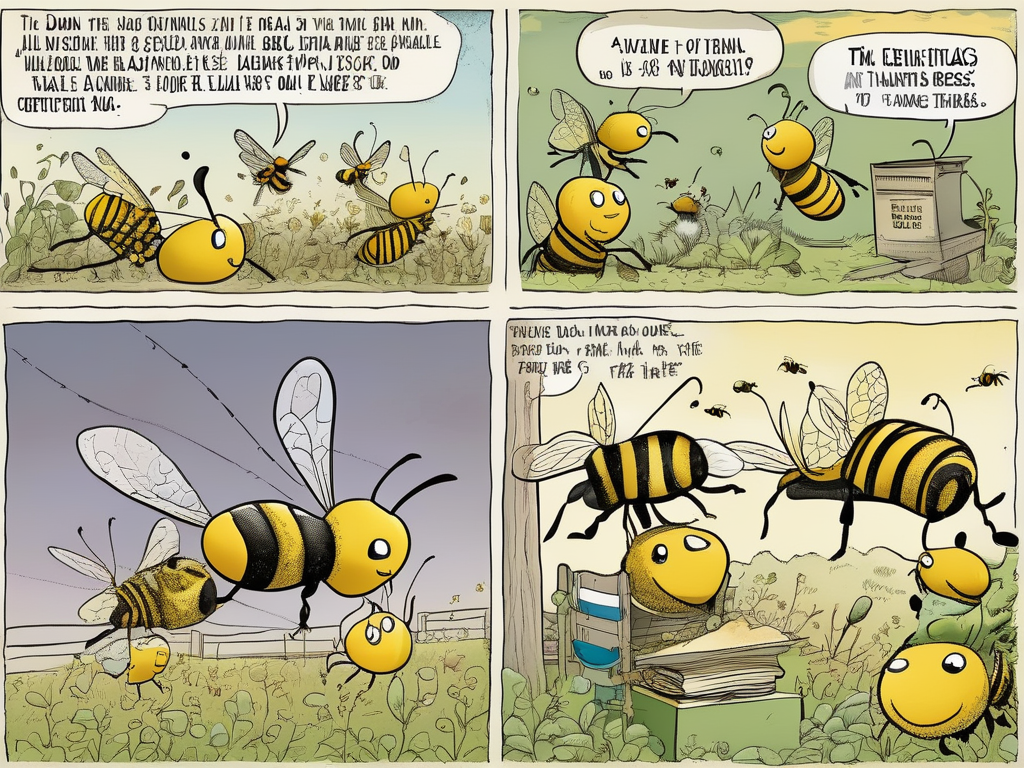
## Bees, Tennis, and the Existential Dread of Large Language Models
Right. Let’s talk about bees. Because apparently, that’s where we are now. A swarm of buzzing, striped chaos decided a tennis match between two perfectly capable athletes needed… a pause. A *nearly two-hour* pause! As if watching people whack a fuzzy ball back and forth wasn’t already captivating enough, we needed nature to throw a full-blown insect rave onto the court. Honestly, you couldn’t make this stuff up. It’s peak absurdity.
And it got me thinking, naturally, about these enormous, increasingly prevalent language models everyone’s so excited about. You know, the ones promising to write our emails, compose symphonies, and eventually probably stage a hostile takeover of humanity? They’re all about *scale*, aren’t they? Billions of parameters! Massive datasets! Just like that bee swarm – an overwhelming multitude operating with a surprisingly singular (and disruptive) goal: to make everyone uncomfortable.
It’s ironic, isn’t it? We pour unimaginable resources into crafting these digital behemoths capable of churning out text at breakneck speed, all in the name of efficiency and progress. And yet, here we are, staring down a swarm of bees that achieves the same level of disruption – unplanned, chaotic, and entirely indifferent to our carefully laid plans.
Seriously, does anyone think this is advancement? A bee can achieve more disruption than an engine with millions of moving parts! Maybe we should start training *them* on text data. At least then we’d be getting a truly honest perspective – a buzzing, pollen-covered critique of our digital aspirations. It would certainly be more entertaining than another bland corporate press release about “revolutionizing” something.
It’s just… bees. And colossal computational models. Both proving that sometimes the universe delights in reminding us who’s really in charge.